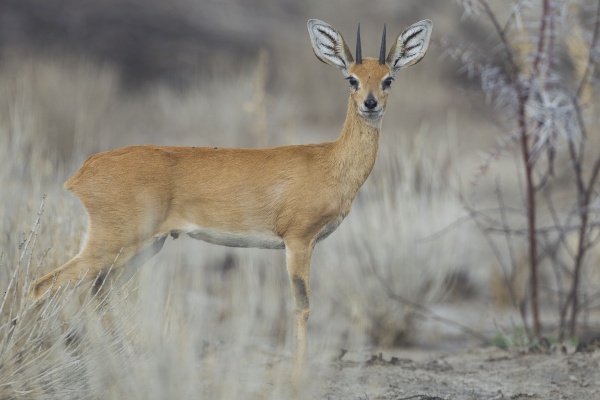Facts About Steenbok
The steenbok, also known as the steinbuck, is a captivating small antelope native to southern and eastern Africa. These diminutive animals stand about 45–60 cm tall at the shoulder and boast coats that vary from fawn to a rich rufous hue. Males are easily recognized by their straight horns and distinctive black facial markings.
Steenboks are remarkably adaptable regarding their habitat, flourishing in environments ranging from semi-deserts to open woodlands and savannahs. Their diet primarily consists of low-level vegetation, and they do not require drinking water, obtaining all necessary moisture from their food.
Fascinatingly, steenboks are active both day and night, although they take respite during the hottest part of the day by resting in the shade. When threatened, they exhibit a unique escape tactic: they run in a zigzag pattern and may even seek refuge in an aardvark burrow.
Breeding in steenboks can occur at any time of the year. The gestation period lasts about 170 days, usually resulting in the birth of a single fawn. Female steenboks reach sexual maturity at 6–8 months, while males mature slightly later, around 9 months. These antelopes can live for over 7 years.
There are two recognized subspecies of steenbok in Africa, found in countries such as Kenya, Tanzania, Namibia, South Africa, and Botswana. They have specific habitat preferences and are known to be territorial, with males exhibiting increased aggression during the mating season. Though up to 24 subspecies have been described based on coat color and other characteristics, only two are widely accepted.

 Namibia
Namibia